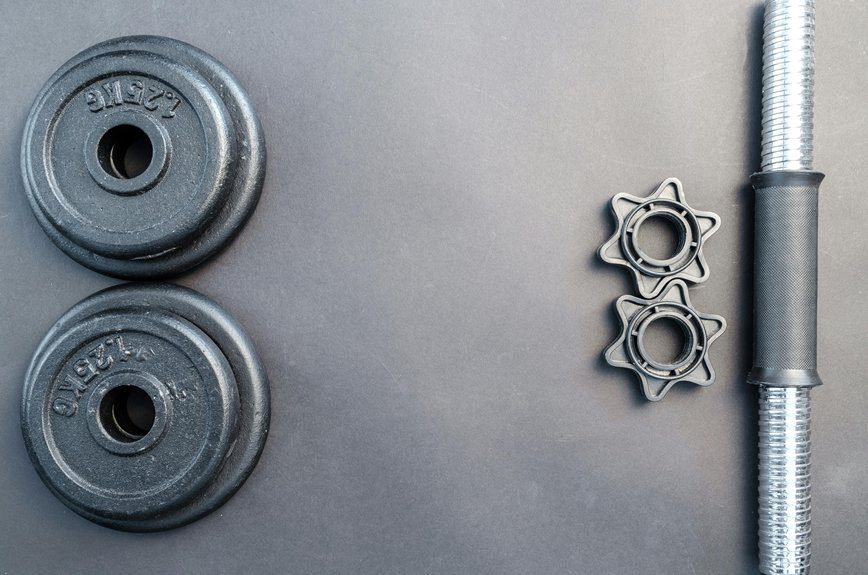If you want a material that lasts longer in real conditions, stainless steel generally outperforms galvanized steel. Stainless steel’s corrosion resistance comes from its chromium oxide layer, which forms naturally and protects without needing reapplication. In contrast, galvanized steel relies on a zinc coating that can wear off, especially in harsh or acidic environments, requiring regular maintenance. While galvanized steel costs less upfront, stainless steel offers better durability and lower upkeep over time. Understanding these factors will help you make a more informed choice.
Corrosion Resistance and Protective Coatings
Although both galvanized steel and stainless steel are designed to resist corrosion, they achieve this protection through different methods and materials.
Galvanized steel uses a zinc coating as its primary protective finish, which acts as a barrier and sacrifices itself to prevent rust.
Stainless steel resists corrosion through an alloy composition that forms a passive chromium oxide layer, blocking corrosion mechanisms at the surface.
While galvanized steel relies on protective finishes that can wear off over time, stainless steel’s corrosion resistance is inherent, maintained by its unique metal blend.
Understanding these differences helps you choose based on specific corrosion challenges.
Environmental Factors Affecting Longevity
When you consider the longevity of galvanized steel and stainless steel, you need to account for various environmental factors that directly influence their durability.
Weather exposure plays a significant role, as constant rain, humidity, or salt spray can accelerate wear. Chemical reactions triggered by pollutants or acidic conditions may cause the protective layers on galvanized steel to degrade faster, while stainless steel’s chromium content helps resist such effects.
However, extreme environments can still challenge both materials. Understanding these external conditions helps you predict which steel type will perform better over time in your specific application.
Maintenance Requirements and Real-World Lifespan
Understanding how environmental factors impact the durability of galvanized and stainless steel sets the stage for examining their maintenance needs and actual lifespan in use.
When you compare maintenance requirements, galvanized steel demands regular inspections and occasional recoating to prevent corrosion, especially in harsh environments.
Stainless steel, while costlier upfront, requires less upkeep due to its corrosion-resistant properties.
In a durability comparison, stainless steel generally lasts longer with minimal intervention, influencing the overall cost analysis.
If you weigh initial costs against maintenance and lifespan, stainless steel often proves more economical over time in real-world applications.
Frequently Asked Questions
Which Steel Type Is More Cost-Effective Initially?
You’ll find galvanized steel more cost-effective initially because it has lower upfront costs compared to stainless steel.
However, while galvanized steel saves you money at first, stainless steel often offers better long term savings due to its superior corrosion resistance and durability.
This means stainless steel requires less maintenance and fewer replacements over time, which can balance out or exceed the initial cost difference depending on your project’s conditions and lifespan.
How Do Galvanized and Stainless Steel Compare in Weight?
When comparing galvanized and stainless steel, you’ll find the weight difference mainly relates to material density.
Stainless steel generally has a higher density, making it heavier than galvanized steel for the same volume.
Galvanized steel is fundamentally carbon steel coated with zinc, which adds minimal weight.
Are There Aesthetic Differences Between Galvanized and Stainless Steel?
Yes, you’ll notice aesthetic differences between galvanized and stainless steel.
Galvanized steel typically has a dull, matte gray surface finish due to the zinc coating, limiting its color options.
Stainless steel offers a wider range of color options and can have a polished, brushed, or satin surface finish, giving it a cleaner, shinier appearance.
These differences affect both the look and how each material fits various design needs.
Which Steel Type Is Better for High-Temperature Applications?
You’ll find stainless steel better suited for high-temperature applications due to its superior high temperature resistance.
It maintains strength and corrosion resistance at elevated temperatures, unlike galvanized steel, which can degrade as the zinc coating deteriorates under heat.
Additionally, stainless steel’s lower and more consistent thermal expansion reduces the risk of warping or cracking when exposed to temperature changes, making it a more reliable choice in demanding thermal environments.
Can Galvanized Steel Be Recycled as Easily as Stainless Steel?
You can recycle galvanized steel, but its recycling processes are more complex than those for stainless steel.
The zinc coating on galvanized steel requires additional treatment to separate it during recycling, which can increase environmental impact.
Stainless steel, by contrast, is easier to recycle because it’s typically recycled as a whole without needing to remove coatings.
This difference affects both the efficiency and environmental footprint of recycling each material.








